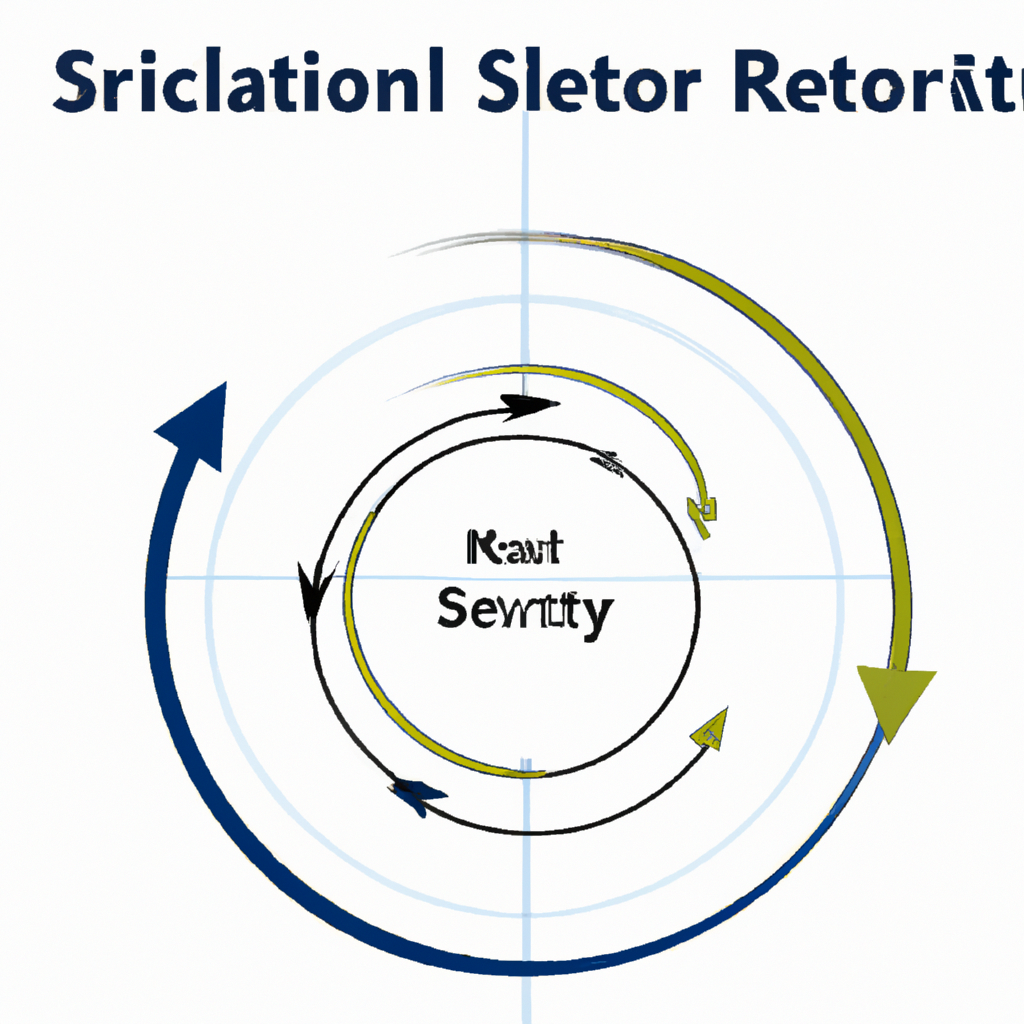Sector Rotation Strategies
Introduction
Sector rotation strategies are investment strategies that involve shifting investments from one sector of the economy to another in order to take advantage of changing market conditions. By rotating investments among different sectors, investors can potentially maximize returns and reduce risk.
Benefits of Sector Rotation Strategies
There are several benefits to using sector rotation strategies:
Diversification
By investing in multiple sectors, investors can spread their risk and reduce the impact of any one sector performing poorly.
Opportunity for Growth
By rotating investments into sectors that are expected to outperform, investors can potentially achieve higher returns than by simply holding onto investments in a single sector.
Risk Management
Sector rotation strategies can help investors manage risk by adjusting their investments based on market conditions and economic indicators.
How to Implement Sector Rotation Strategies
There are several ways to implement sector rotation strategies:
Research and Analysis
Stay informed about the performance of different sectors and analyze economic indicators to identify sectors that are likely to outperform in the future.
Asset Allocation
Determine the percentage of your portfolio that you want to allocate to each sector and rebalance your portfolio periodically to maintain your desired asset allocation.
Technical Analysis
Use technical analysis tools to identify trends and momentum in different sectors and make investment decisions based on this information.
Conclusion
Sector rotation strategies can be a valuable tool for investors looking to maximize returns and manage risk in their portfolios. By staying informed about market conditions, analyzing economic indicators, and adjusting their investments accordingly, investors can potentially achieve better outcomes than by simply holding onto investments in a single sector.










